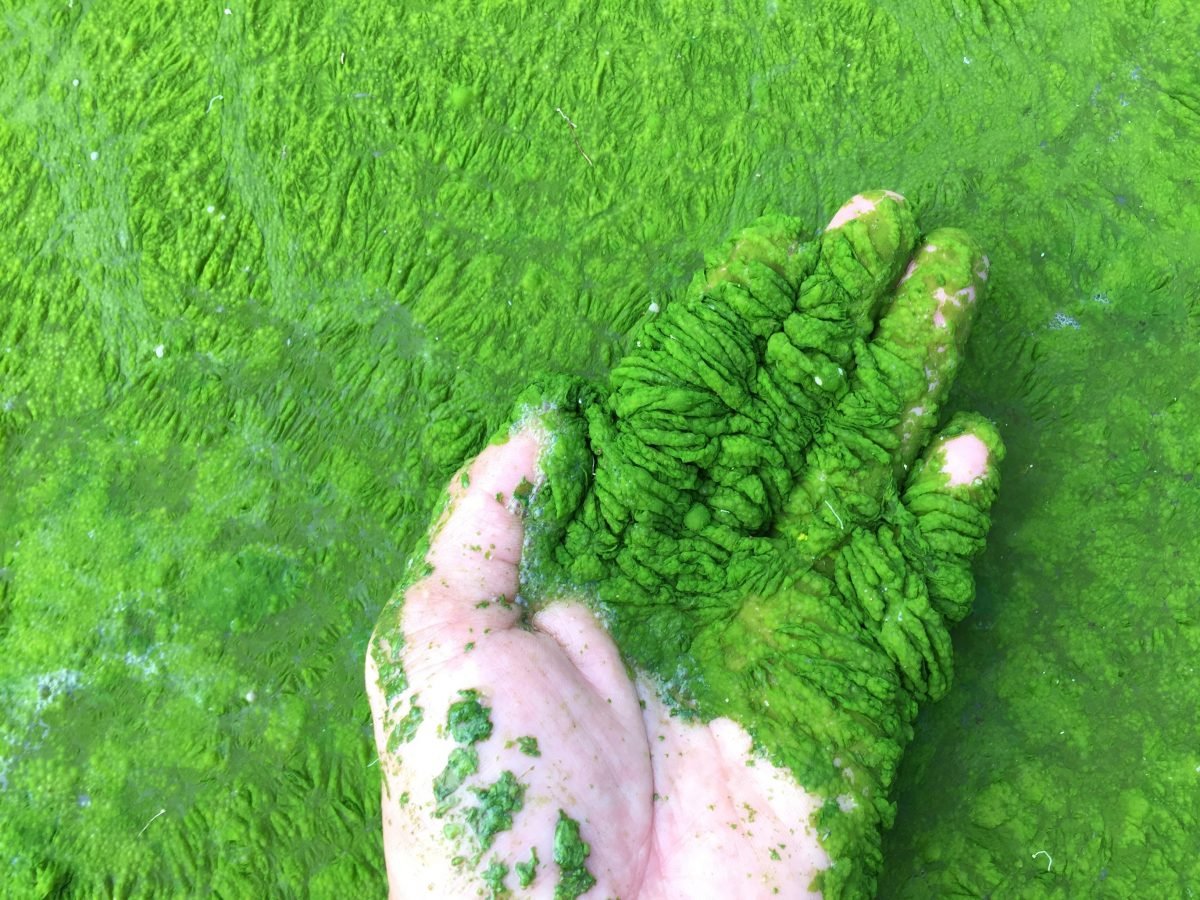The summer sun can often spawn algae growth that can diminish the beauty of your client’s ponds, fountains and other water features, but you can help them manage algae issues with a few simple solutions.
When daytime temperatures reach about 85-90 degrees F, that’s when you’ll typically begin to see algae bloom, said Ewing Education instructor and water features specialist, Rick McNabb.
Algae is more common in southern U.S. states where there’s an abundance of summer sunlight and warmer temperatures. Shallow water features, with less than two feet of depth, also have a higher potential for algae outbreaks, as do water features with a lack of shade and poor water circulation.
While some algae is a natural component to any ecosystem, you can keep unwanted algae at bay in your clients' water features with these tips.
Basic Algae Types
Knowing the types of algae you’re dealing with can help you pick the right course of action, and there are two main types of algae to watch for:

Planktonic algae. This type of algae is suspended in water and often impacts water clarity in new or older ponds.

Filamentous or string algae. This type of algae grows on waterfall rocks and other moist surfaces, usually when phosphate levels in the water are high from organic matter like fish excretion, leaves and plants, or excess fish food.
Managing Algae
To treat and control future algae outbreaks, there are four main treatment options to consider:
1. Algaecides

If algae growth has already begun, you can use a product that kills it, such as Aquascape’s EcoBlast Algae Eliminator.
When you use an algaecide, be sure to follow the instructions on the bottle carefully—as the algae dies off, it can reduce oxygen levels in the water putting fish at risk if not used properly.
 2. Pond Dyes
2. Pond Dyes
Pond dyes work to control algae by essentially shading the water with dye, said McNabb. By using a dye, less light is able to penetrate the water, reducing algae growth. Look for a blue or black tinted dye that is specially made for ponds, such as DWI’s F-40 Enviro Blue—a one-gallon application treats 1 million gallons of water.
3. UV Filters
A UV filter destroys single-cell algae, making it an effective treatment for planktonic algae.  The UltraKlean 2000 Biological Pressure Filter works well for ponds up to 2,000 gallons, and it’s an ideal choice for long term algae prevention, said McNabb.
The UltraKlean 2000 Biological Pressure Filter works well for ponds up to 2,000 gallons, and it’s an ideal choice for long term algae prevention, said McNabb.
4. Beneficial Bacteria and Other Water Treatments
Regularly maintaining the water quality of a water feature, especially fish ponds, is important for the health of the entire pond ecosystem and can help keep algae overgrowth at bay.
These treatments include liquid enzymes, beneficial bacteria and pond minerals that can improve water clarity and reduce sludge. Ask about the options available at your local Ewing, like the Easy Pond Kit from DWI.
Determining Pond Volume
When adding algae treatments, knowing the volume of water you’re treating will ensure that you buy and apply a proper dosage, according to the product label. Here are two basic formulas for pond volume:
[box]
Square or Rectangular Pond Volume in Gallons
Pond Length (Ft.) x Width (Ft.) x Avg. Depth (Ft.) x 7.48
Circular Pond Volume in Gallons
Radius (Ft.) x Radius (Ft.) x 3.14 x Avg. Depth (Ft.) x 7.48
[/box]
Get Control of Algae Growth
Hopefully, these treatment options will be useful in helping to combat unwanted algae growth. If you have questions about water treatment products and options, reach out to your local Ewing store for assistance or post below in the comments to ask a Ewing expert.
To learn more about keeping large ponds and lakes clean and healthy, watch this Ewing video:




